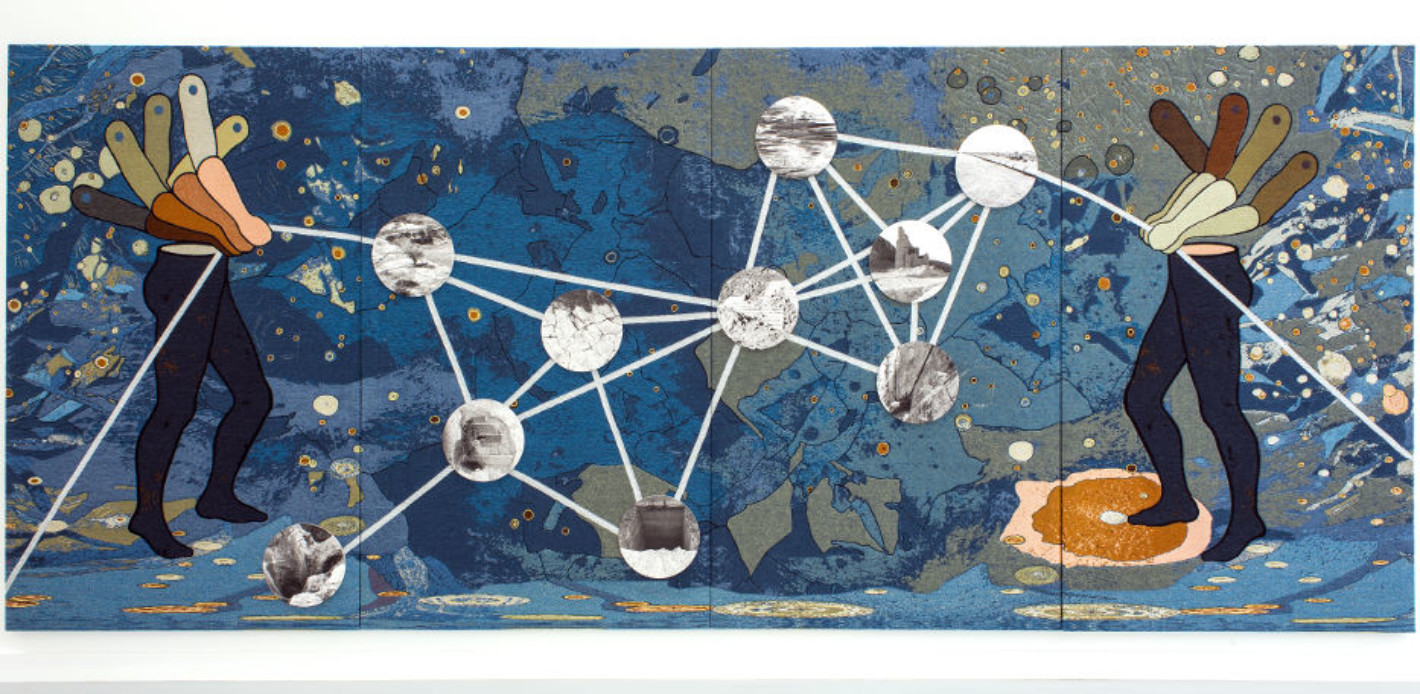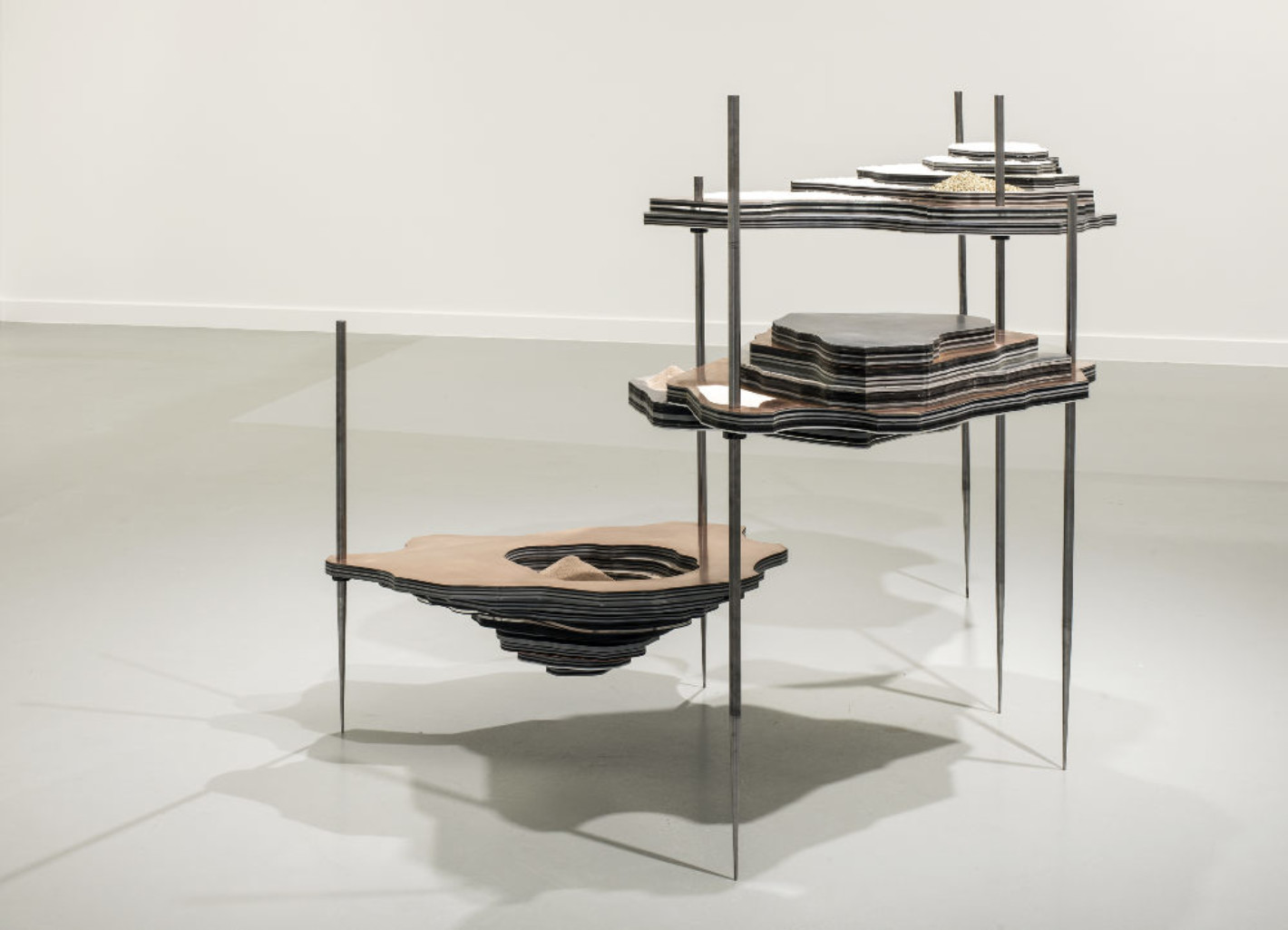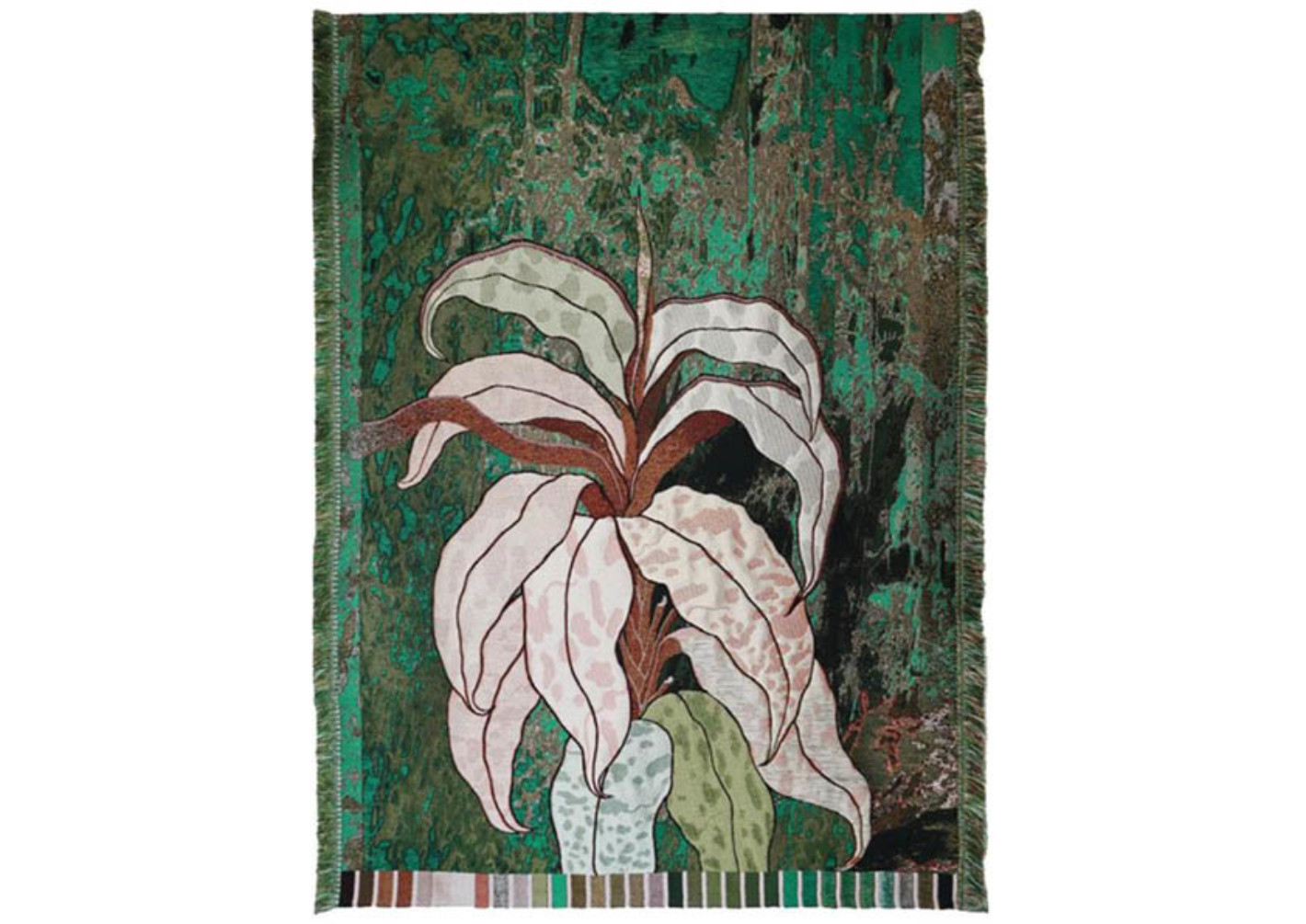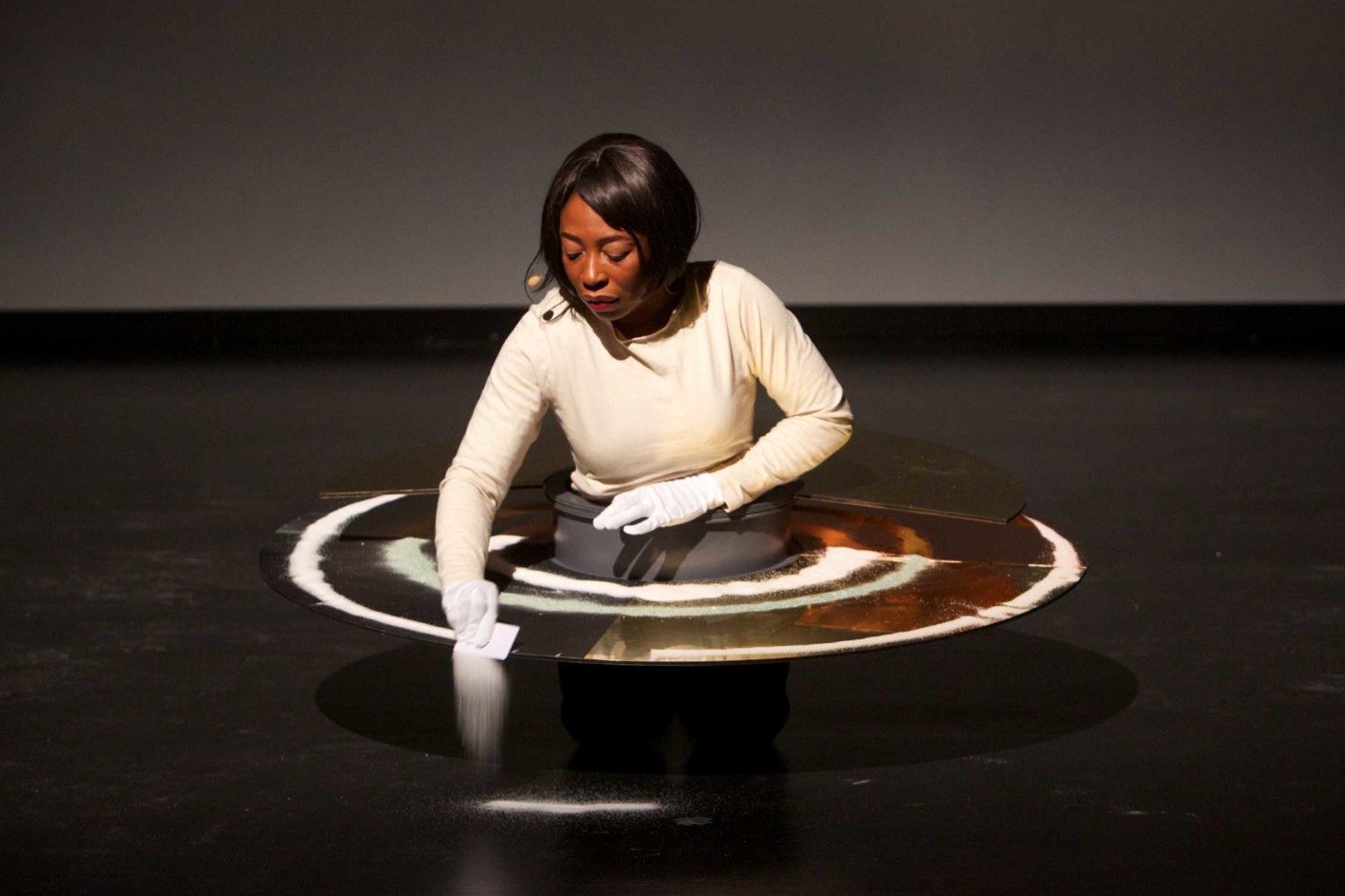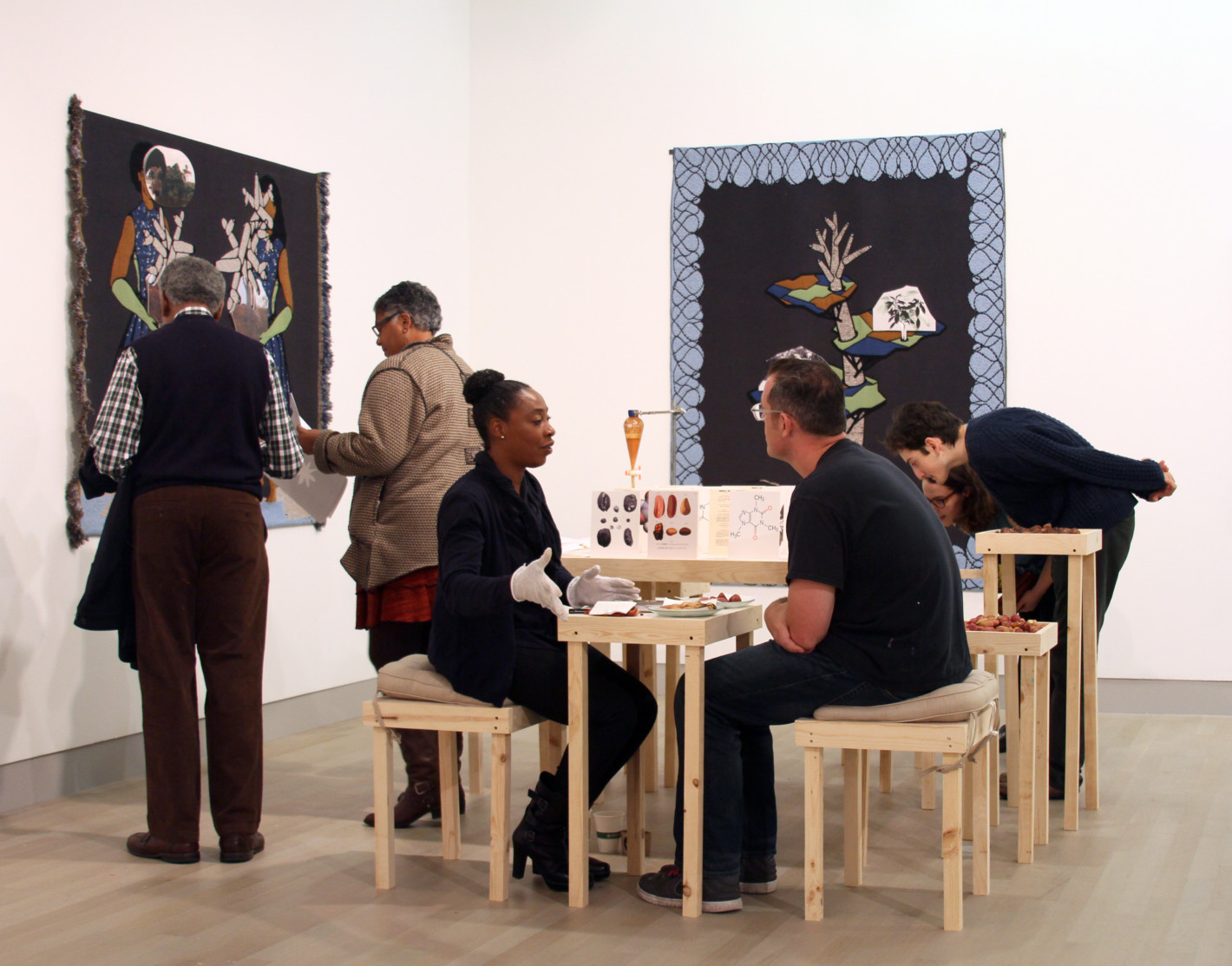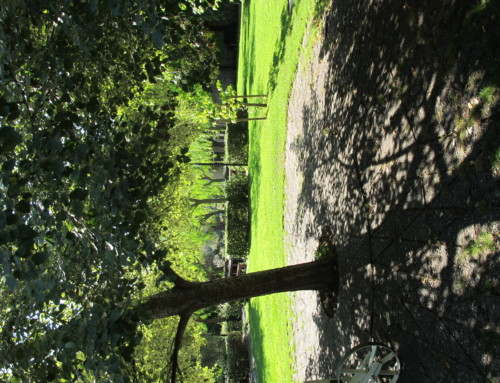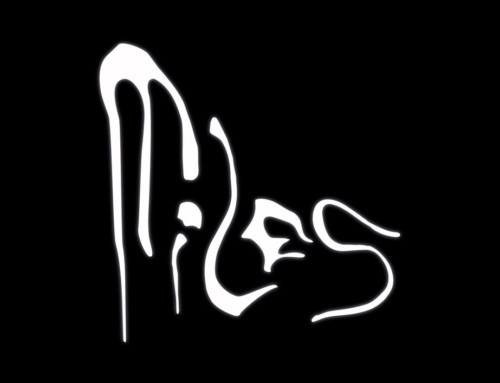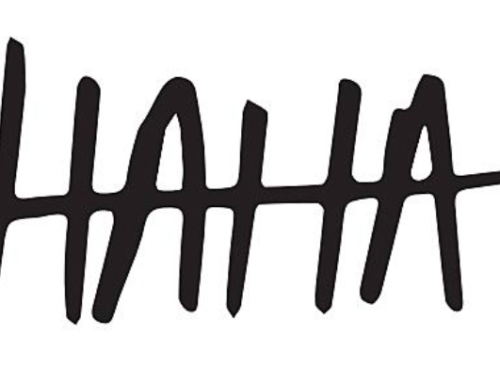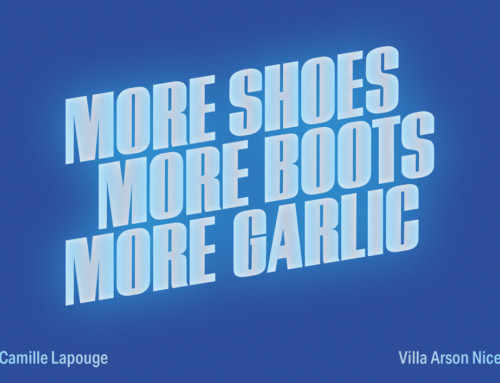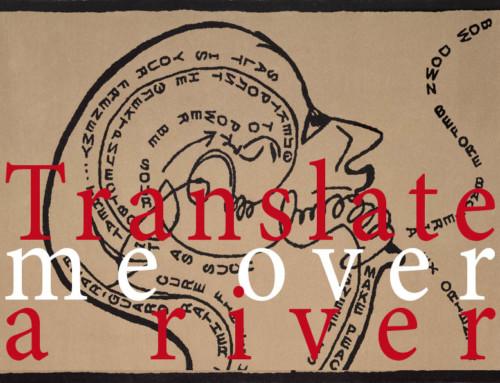From June 12 to September 19.2021
Opening days on June Saturday 12 and Sunday 13 from 10am to 6pm
When Looking Across the Sea, Do You Dream?
Otobong Nkanga
Otobong Nkanga offers us images that are strongly evocative. Using a wide variety of materials, she creates works inspired by land, its over-exploited resources and the stories that relate to them. Her work is at the crossroads of time constructions and civilizations and strives to go beyond our horizons, towards other climates, other economies.This first important solo exhibition in France is organized in a deceptively unstructured way, non chronologic, which highlights thematic and aesthetic connections to enable the viewer to follow her meandering universe.
What strikes one when first discovering Otobong Nkanga’s work (she was born in 1974 in Nigeria and now lives in Antwerp in Belgium) is how strongly evocative her images are in spite of their smooth appearance, with depictions of destructured bodies with disjointed arms and legs that remain connected with ropes, roots or branches. Little by little one discovers that these links are not just superimposed images, they are a network of shapes continually echoing one another through a large variety of media: drawings, installations, paintings, textiles, photographs, sculptures, performances and even poetry. Everything seems to evolve and to be connected in complete interdependence, like chains of associations gradually constructed by the artist.
The more one pays attention to her work, the more one also discovers perforations, piles of strata, constellations combining minerals, sand, spices, seeds, plants (sometimes without roots), fabrics, dyes, wood, metal (corroded or oxidized), or even refuse from the sea, all of which highlights the importance of materials and skills. For the artist, land and its overexploited resources are an endless source of inspiration. But rather than superficially denouncing this frenetic exploitation, Otobong Nkanga chooses to delve deeper, and to develop a long-term project in order to reveal the forms and stories that relate to them, like a forensic investigation*. In this way she has become interested in mica, whose name comes from the Latin micare which means to shine, a notion which is itself related to the term bling, evoking as we know what is ostentatious. Mica powder is used for cosmetics. Its extremely resistant layered texture is also used for thermal insulation in certain buildings. It is in extremely high demand because of its malleability. Cultural values cannot be dissociated from natural resources. It is precisely at the crossroads of all these stories, these time constructions and civilizations, that Otobong Nkanga develops a work dealing with the fragile relation between humanity and its environment.
The exhibition, her first important exhibition in France, is organized in a deceptively unstructured way (neither chronological nor thematic) occupying the maze like space of the art center at the Villa Arson. It starts with a large photograph made with wallpaper depicting a heterogeneous construction in Curaçao in the Caribbean (Emptied Remains – Assemblage) and ends with the artist’s voice reading a text in the dark (Wetin You Go Do? Oya Na). Both works are based on memories from her childhood. The former through her visual memory of these precarious buildings created from necessity, found in several southern countries such as Nigeria where she grew up. The latter, based on the memory of an oral language which the artist continues to maintain over time, as she prefers speech and dialogue to writing. Also featured in the exhibition are other photographs (mines in Namibia: Emptied Remains), an installation dedicated to the Kolanut (Contained Measures of Kolanut Tales), more or less preparatory sketches, black soap made of multiple essences and produced by and for a foundation created by the artist (Carved to Flow), a circular sculpture made of steel, fire, water and air (Manifest of Strains), a large mural drawing created for the exhibition, as well as a series of tapestries which Nkanga has been producing for the last ten years. Whatever the era, the society or the continent, tapestries have often been used to recount the lives of the people, the power relations between communities, the weight of conflicts and their more or less healed wounds (The Weight of Scars).
But once again, Otobong Nkanga does not wish to stop at the boundaries of History. This is why the title of her exhibition (When Looking Across the Sea, Do You Dream?) takes on the form of a question, and becomes an invitation to look beyond our horizons, beyond clichés and beyond ourselves, an invitation “to go further than Europe, towards other climates, other economies”, as she puts it so well. The title is also the beginning of a short poem which will be continued at the contemporary Art Center The Castello di Rivoli (Italy) at the end of the summer. The Castello di Rivoli is commissioning a series of new works for an exhibition which will be running from September 20, 2021 to January 30, 2022.
The Castello di Rivoli and the Villa Arson are jointly publishing a catalog at Skira editions, which will include new essays and interviews, photographs of the works featured at both venues, and a rich anthology of multidisciplinary texts.
Curator: Éric Mangion
* forensic (a scientific Anglo-Saxon word) investigations include a variety of methods for analysis. Therefore such methods go through strata of interpretation.
Warm thanks to: In Situ Gallery– Fabienne Leclerc, Wim van Dongen.
………………
The exhibition is part of a collaborative project with the Castello di Rivoli Museum of Contemporary Art. (Italy), which is producing a set of new works for an exhibition that will take place from 20 September to 30 January 2022.
Castello di Rivoli and Villa Arson will publish a joint scientific catalogue published by Skira, with new essays and interviews with curators, images of the works exhibited in both institutions and a rich anthology of multidisciplinary texts.
………….
Photographies
1 : In a Place Yet Unknown, 2017. Courtesy : Otobong Nkanga © Jean-Christophe Lett
Au fond : Awaiting Pleasure But It Cut.Courtesy : Otobong Nkanga & Galerie In Situ-fabienne leclerc, Grand Paris. Private collection : J-M Decrop, Hong Kong © Jean-Christophe Lett
2 : Wetin You Go Do? Oya Na, 2020. Wim van Dongen Collection. © Jean-Christophe Lett
3 : Foreground : Manifest of Strains, 2018. Installation. Wim van Dongen Collection. © Jean-Christophe Lett
Background : Double Plot, 2018. Wim van Dongen Collection. © Jean-Christophe Lett
4 : Contained Measures of a Kolanut, 2012. Installation.Courtesy : Otobong Nkanga © Jean-Christophe Lett
Left : Why Don’t You Grow Where We Come From?, 2012. Courtesy : Otobong Nkanga © Jean-Christophe Lett
Background on the right : Grey Zone. Courtesy : Otobong Nkanga © Jean-Christophe Lett
5 : Drawings from 1997 to 2015. Wim van Dongen Collection. © Jean-Christophe Lett
6 : We Could Be Allies, 2017–2020. Installation. Courtesy : Otobong Nkanga. © Jean-Christophe Lett
7 : Foreground : Steel to Rust – Rust to Debris – Debris to Dust, 2016. Courtesy : Otobong Nkanga © Jean-Christophe Lett
Background : The Encounter That Took a Part of Me, 2017–2021. Courtesy : Otobong Nkanga. © Jean-Christophe Lett
8 : Revelations, 2020. Courtesy : Otobong Nkanga. © Jean-Christophe Lett
The Encounter That Took a Part of Me, 2017–2021. Courtesy : Otobong Nkanga. © Jean-Christophe Lett
Upload the press release
Press contact :
Federica Forte
federica@annesamson.com / 07 50 82 00 84



